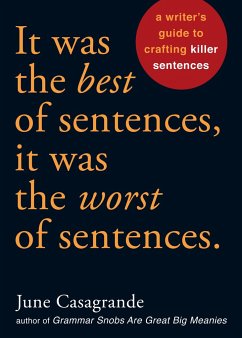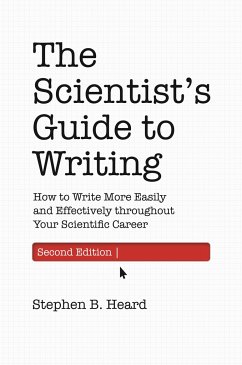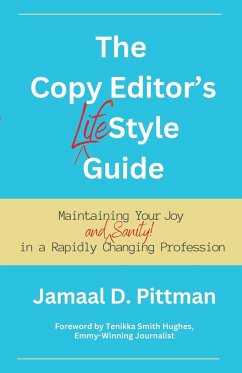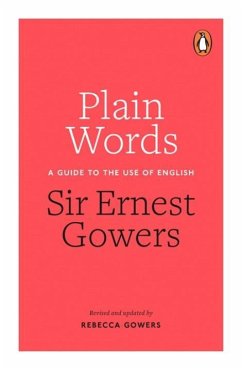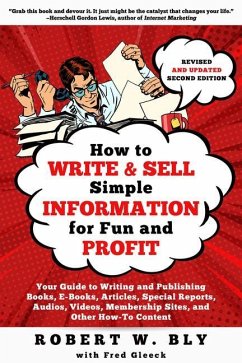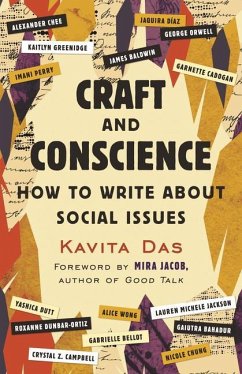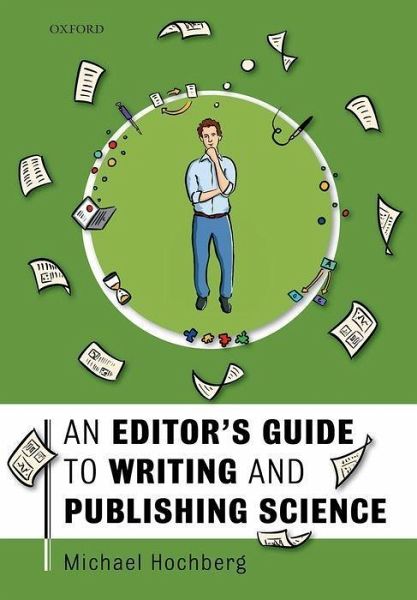
An Editor's Guide to Writing and Publishing Science
Versandkostenfrei!
Versandfertig in 2-4 Wochen
62,99 €
inkl. MwSt.

PAYBACK Punkte
31 °P sammeln!
This contemporary guide is packed full of expert tips and suggestions which will make the reader think in a fresh, creative, and novel way about writing and publishing science.





